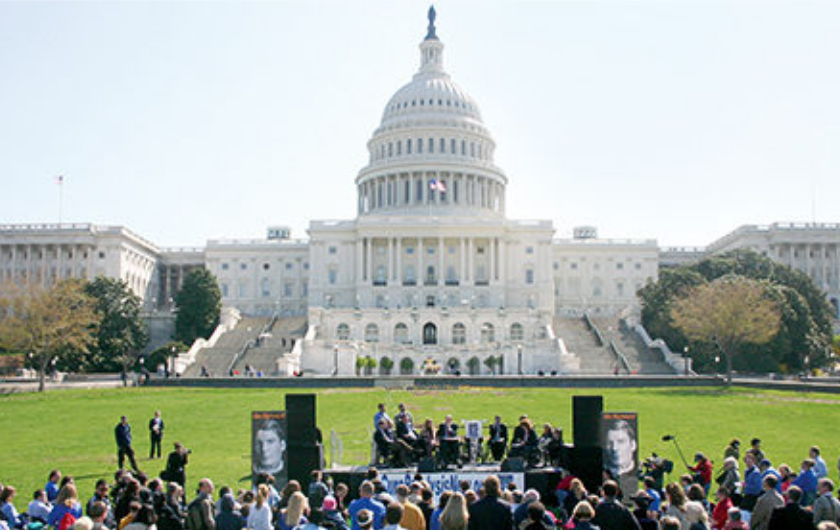Wheeling While Black
Join Our Movement
What started as an idea has become a national movement. With your support, we can influence policy and inspire lasting change.
Become an Advocate
Mental health, we cannot forget to talk about the issue of mental health that looms in the lives of many individuals dealing with both tragedy and identity. The burden of navigating a society that still often prioritizes able-bodied and white-centered experiences can create a hopeless feeling of despair. The lack of mental help towards the African American community is a huge problem. Sometimes its not even a therapist fault, it’s about creating a safe place for the person reaching out and understanding that in the black culture you are told to not let people in your business, pray to God, or here’s my favorite” black people don’t do that”. So, we are facing criticism in our own community.
Amidst all these challenges, there exists a profound resilience. Community is often a source of strength. If I didn’t have my friend Wesley to help me through our shared experience, I would never have been able to navigate life the way I have. Finding shared experiences within friendships, families, and advocacy groups creates powerful bonds that initiate empowerment and healing. Connecting with fellow Black individuals who navigate both racial and physical challenges provides a sense of belonging and the knowledge that you are not alone in this journey.
Living as a Black, wheelchair-bound individual in America can be bearable to navigate if we first don’t give up on ourselves and advocate so those coming behind us will have a better quality of life. Being a SCI wheelchair user isn’t fun and it’s not for the weak but, you can make the best out of it if you try.